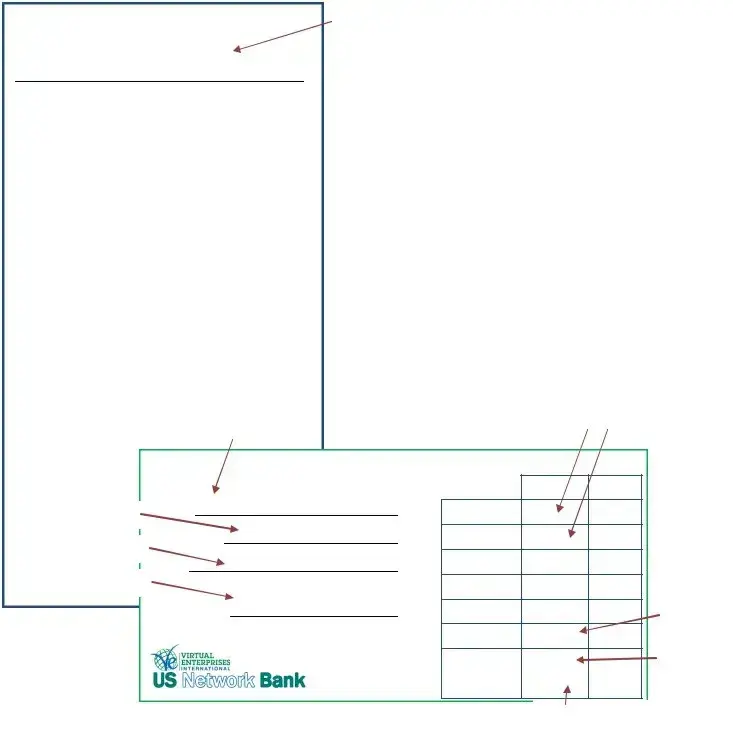The Payroll Check form is closely related to the Direct Deposit Authorization form. Both documents serve the purpose of facilitating employee compensation. While the Payroll Check form is used for issuing physical checks, the Direct Deposit Authorization form allows employees to receive their pay directly into their bank accounts. This modern approach not only streamlines the payment process but also enhances security by reducing the risk of lost or stolen checks. Employees appreciate the convenience of having their funds readily available, while employers benefit from reduced administrative tasks associated with issuing paper checks.
Another document that shares similarities with the Payroll Check form is the Employee Pay Stub. This document provides a detailed breakdown of an employee's earnings for a specific pay period. Like the Payroll Check form, it is essential for transparency in payroll processing. The pay stub outlines gross pay, deductions, and net pay, ensuring that employees understand how their compensation is calculated. Both documents are critical for maintaining accurate financial records and help employees track their earnings over time.
The W-2 form is another important document related to payroll. It summarizes an employee's annual earnings and the taxes withheld throughout the year. While the Payroll Check form focuses on individual pay periods, the W-2 provides a comprehensive overview of an employee's financial history with a company. Both documents are vital for tax reporting purposes, ensuring that employees can accurately report their income to the IRS. The W-2 form also serves as a reminder of the importance of payroll accuracy and compliance with tax regulations.
The timesheet is another document that bears a resemblance to the Payroll Check form. Timesheets record the hours worked by employees, serving as the foundation for calculating wages. Both documents are integral to the payroll process, as accurate timesheets ensure that employees are paid correctly for their labor. Employers rely on these records to verify attendance and productivity, making them essential for maintaining fair compensation practices. Without accurate timesheets, discrepancies in payroll could arise, leading to employee dissatisfaction.
The Payroll Register is also similar to the Payroll Check form, as it provides a summary of all payroll transactions for a specific period. This document lists each employee's gross pay, deductions, and net pay, similar to what is found on individual payroll checks. The Payroll Register helps employers track total payroll expenses and ensures that all payments are accounted for. It serves as a valuable tool for financial reporting and budget management, making it essential for organizations of all sizes.
In the context of mobile home transactions, the New York Mobile Home Bill of Sale serves as a crucial document that details the transfer of ownership. Similar to the importance of the Payroll Check form in employment transactions, this bill of sale outlines essential details such as the buyer and seller's information, the mobile home's identification, and the agreed-upon sale price. Completing this document accurately not only provides clarity for both parties involved but also serves as necessary proof of ownership transfer, distinguishing it from other financial documents. For a more comprehensive understanding, you can refer to this Mobile Home Bill of Sale.
Lastly, the Employment Agreement can be viewed as related to the Payroll Check form. This document outlines the terms of employment, including salary, benefits, and payment frequency. While the Payroll Check form is a tool for executing payment, the Employment Agreement establishes the expectations surrounding that payment. Both documents are crucial for fostering a clear understanding between employers and employees regarding compensation. They help create a transparent work environment where employees feel valued and informed about their financial agreements.


